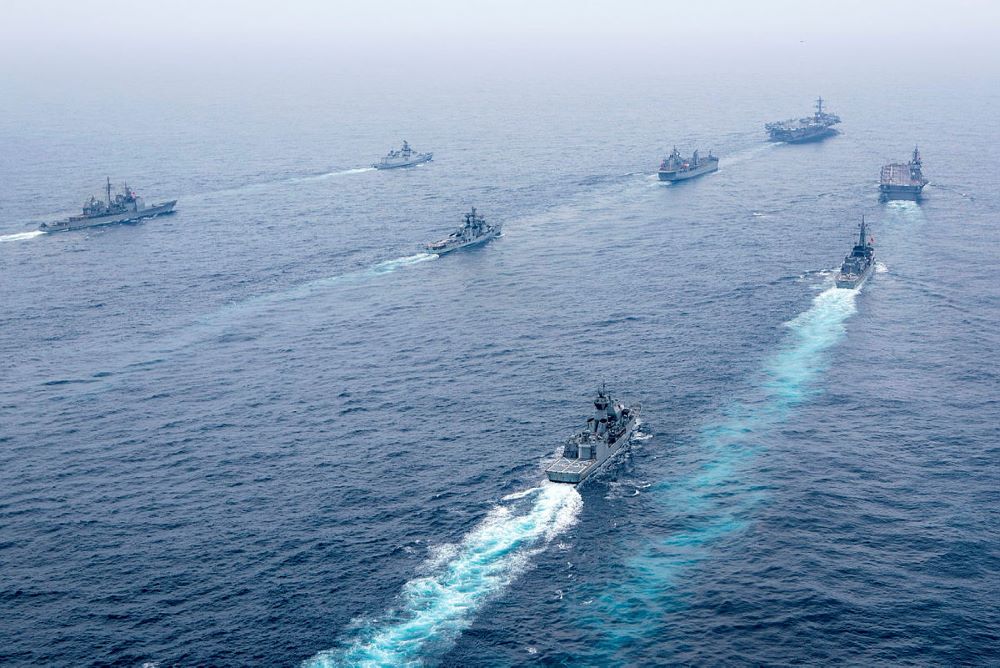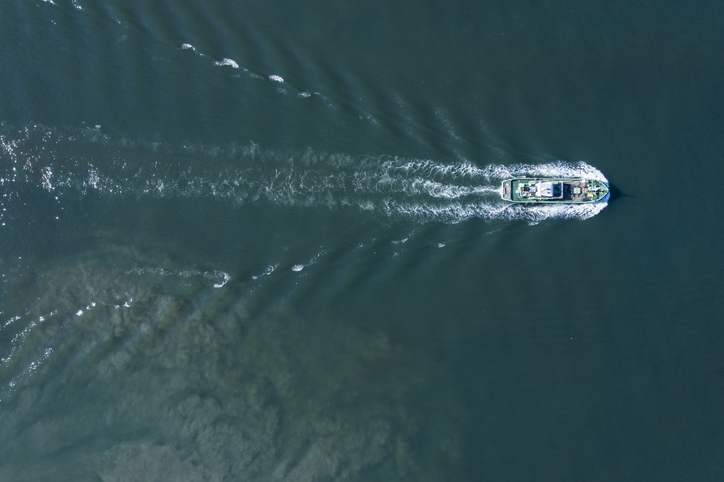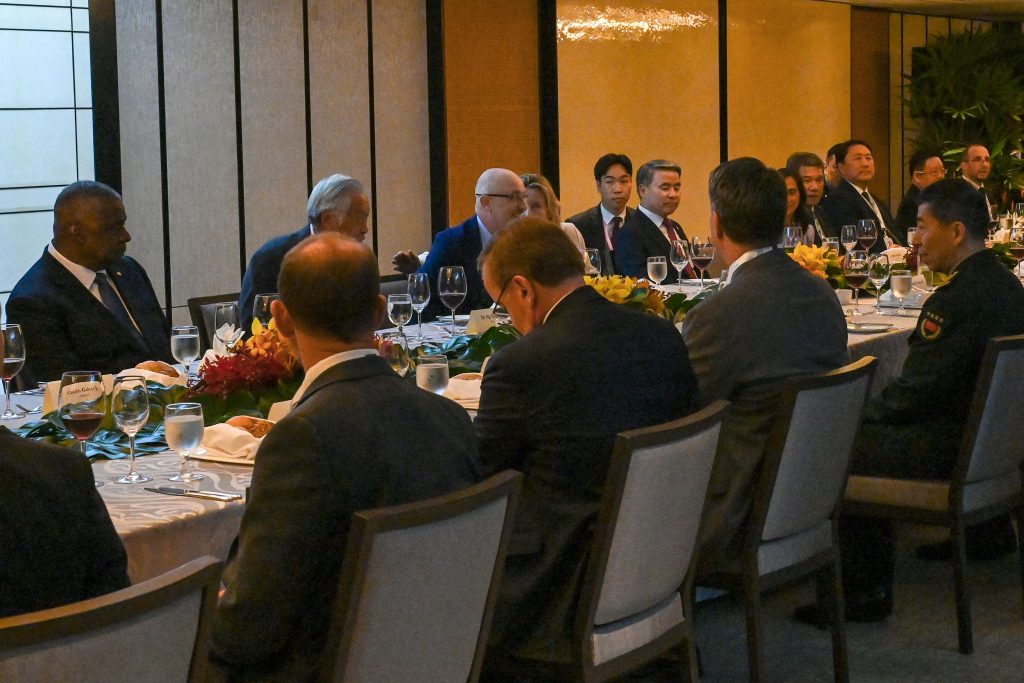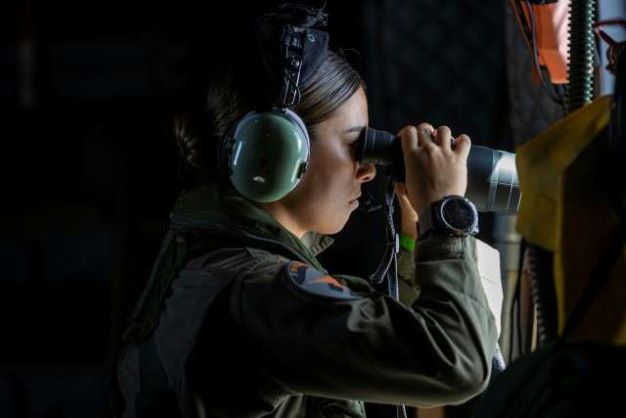What’s the problem?
Enabled by digital technologies and fuelled by geopolitical competition, hybrid threats in the Indo-Pacific are increasing in breadth, application and intensity. Hybrid threats are a mix of military, non-military, covert and overt activities by state and non-state actors that occur below the line of conventional warfare. The consequences for individual nations include weakened institutions, disrupted social systems and economies, and greater vulnerability to coercion—especially from revisionist powers such as China.
But the consequences of increased hybrid activity in the Indo-Pacific reach well beyond individual nations. The Indo-Pacific hosts a wide variety of political systems and interests, with multiple centres of influence, multiple points of tension and an increasingly belligerent authoritarian power. It lacks the regional institutions and practised behaviours to help ensure ongoing security and stability. And, because of its position as a critical centre of global economic and social dynamism, instability in the Indo-Pacific, whether through or triggered by hybrid threats, has global ramifications.
Because hybrid threats fall outside the conventional frameworks of the application of state power and use non-traditional tools to achieve their effects, governments have often struggled to identify the activity, articulate the threat and formulate responses. Timeliness and specificity are problematic: hybrid threats evolve, are often embedded or hidden within normal business and operations, and may leverage or amplify other, more traditional forms of coercion.
More often than not, hybrid threat activity is targeted towards the erosion of national capability and trust and the disruption of decision-making by governments—all of which reduce national and regional resilience that would improve security and stability in the region.
What’s the solution?
There’s no silver-bullet solution to hybrid threats; nor are governments readily able to draw on traditional means of managing national defence or regional security against such threats in the Indo-Pacific.
Because of the ubiquity of digital technologies, the ever-broadening application of tools and practices in an increasing number of domains, it’s evident that policymakers need better and more timely information, the opportunity to share information and insights in a trusted forum and models of how hybrid threats work (we provide one here). Exchange of information and good practice is also needed to help counter the amorphous, evolving and adaptive nature of hybrid threats.
We propose the establishment of an Indo-Pacific Hybrid Threat Centre (HTC, or the centre) as a means of building broader situational awareness on hybrid threats across the region.1 Through research and analysis, engagement, information sharing and capacity building, such a centre would function as a confidence-building measure and contribute to regional stability and the security of individual nations.
While modelled on the existing NATO–EU Hybrid Centre of Excellence (CoE) in Finland, the centre would need to reflect the differences between the European and Indo-Pacific security environments. Most notably, that includes the lack of pan-regional Indo-Pacific security institutions and practice that the centre could use. There are also differences in the nature and priorities assigned to threats by different countries: the maritime domain has more influence in the Indo-Pacific than in Europe, many countries in the region face ongoing insurgencies, and there’s much less adherence to, or even interest in, democratic norms and values.
That will inevitably shape the placement, funding, and operations of an Indo-Pacific HTC. A decentralised model facilitating outreach across the region would assist regional buy-in. Partnership arrangements with technology companies would provide technical insight and support. Long-term commitments will be needed to realise the benefits of the centre as a confidence-building measure. The Quad countries are well positioned to provide such long-term commitments, while additional support could come from countries with experience and expertise in hybrid threats, particularly EU countries and the UK.
As with the NATO–EU Hybrid CoE, independence and integrity are paramount. That implies the positioning of the Indo-Pacific HTC core in a strong democracy; better still would be the legislative protection of its operations and data. Accordingly, we propose scoping work to establish policy approval, legislative protection and funding arrangements and to seed initial research capability and networks.
Introduction
Hybrid threats are a mix of military and non-military, covert and overt activities by state and non-state actors that occur below the line of conventional warfare. Their purpose is to blur the lines between war and peace, destabilise societies and governments and sow doubt and confusion among populations and decision-makers. They deliberately target democratic systems and state vulnerabilities, often leveraging legitimate processes for inimical ends, and typically aim to stay below the threshold of detection, attribution and retaliation.2 They’re the same activities that the Australian Government attributes to the ‘grey zone’, involving ‘military and non-military forms of assertiveness and coercion aimed at achieving strategic goals without provoking conflict.’3
Hybrid threats are increasingly of concern to governments as they grapple with the effects of digital technologies, Covid-19 and an increasingly tense geopolitical environment. Ambiguous, evolving, at the intersection of society, commerce and security, and transnational in character, hybrid threats challenge and undercut ‘normal’ conceptions of security. Unmet, they stoke division and anxiety in societies and states. They threaten to erode national security, sovereignty and societal resilience, leaving nations and their people vulnerable to coercion, particularly by authoritarian states and criminal elements.
The immediate targets of motivated hybrid activity are typically non-traditional, in the sense that government security apparatuses aren’t expected to manage and repulse them. Hybrid activity takes advantage of other, easier targets and means of generating confusion and disruption at the nation-state level: individuals may be targeted for repression or assassination; fishing vessels harassed; intellectual property stolen; commercial advantage pillaged; researchers and journalists intimidated; ethnic communities hijacked; and elites co-opted for corrupt ends.
The Indo-Pacific region is particularly vulnerable. For example, it lacks the more practised security frameworks, cooperative mechanisms and understandings present in Europe. There’s little shared awareness and understanding of the nature and consequences of hybrid threats. The region is also especially economically and demographically dynamic and socially diverse, featuring a number of competing political systems and institutions.
That offers both challenge and opportunity. In this paper, we consider the nature of hybrid threats, explore the threat landscape in the Indo-Pacific, turn our attention to the potential ‘fit’ of an Indo-Pacific HTC and make recommendations for the way forward.
A number of the thoughts and insights incorporated in this paper emerged during ASPI’s consultations with governments, businesses and civil society groups in the Indo-Pacific, as well as in Europe and the UK. We thank those respondents for their time and insights.













